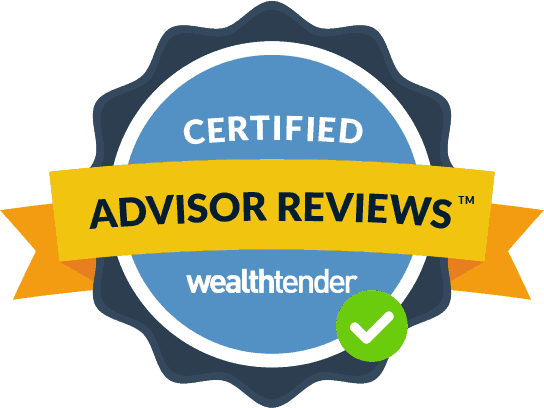When rolling funds over, or converting, from a qualified retirement accounts (401k, Traditional IRA, SIMPLE IRA, or SEP IRA) to a Roth IRA, you will need to pay the taxes, as those accounts were funded with pre-tax dollars. If you have sufficient cash available, consider using that money to pay the taxes so you can keep your retirement account intact, allowing for more tax-free growth.
Here’s some ways that a Roth conversion could help you to be tax-efficient:
No RMDs
Because you paid the taxes at the time of conversion, you eliminate the need to take required minimum distributions (RMDs), thus reducing your taxable income during retirement.
Reduced income
A Roth conversion could be beneficial if you anticipate lower income in a given year, such as when you launch a business, get laid off, or in your early retirement years, as you would generally be paying a lower tax rate.
Sizeable retirement accounts
If you have accumulated significant balances in your qualified retirement accounts, Roth conversions done over several years prior to taking your RMDs could help reduce that future tax burden, assuming you would be in a higher tax bracket.
Legacy planning
For a non-spouse beneficiary, the Roth IRA would benefit your heirs as it reduces their taxable income since the withdrawals would be tax-free.
Roth conversions can be complicated, and mistakes can lead to penalties. For example, after converting funds into a Roth IRA, there is a five-year waiting period before you can begin taking earnings withdrawals, regardless of whether you are age 59½, otherwise you will incur taxes and possibly penalties. And if you do conversions at different times, each tranche of converted funds has its own five-year period.
Here are some other perspectives from XYPN Good Financial Reads.























